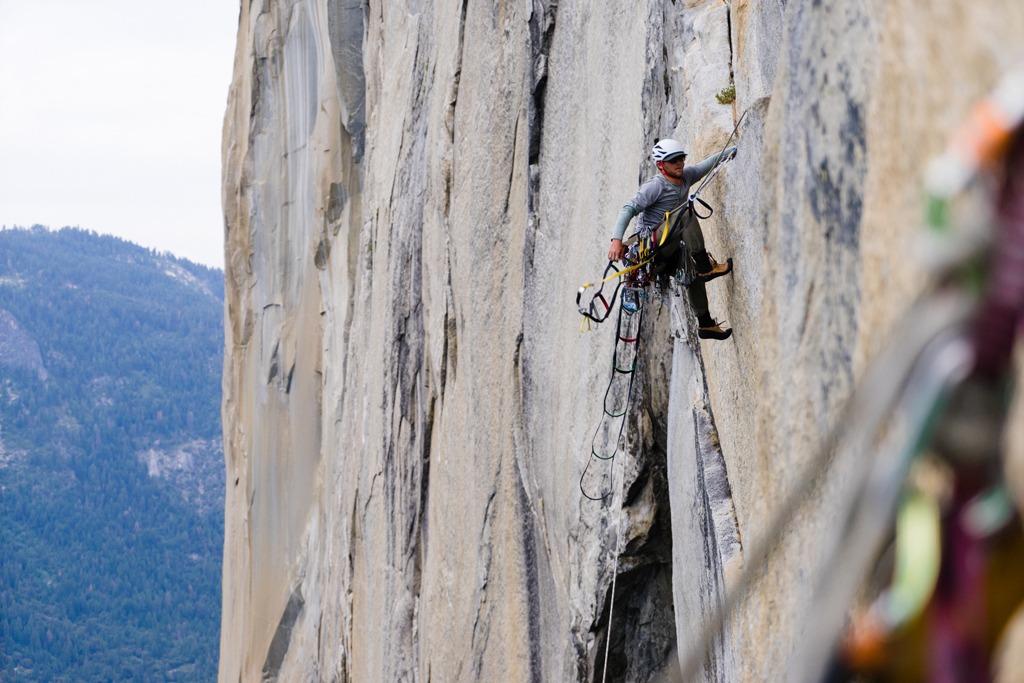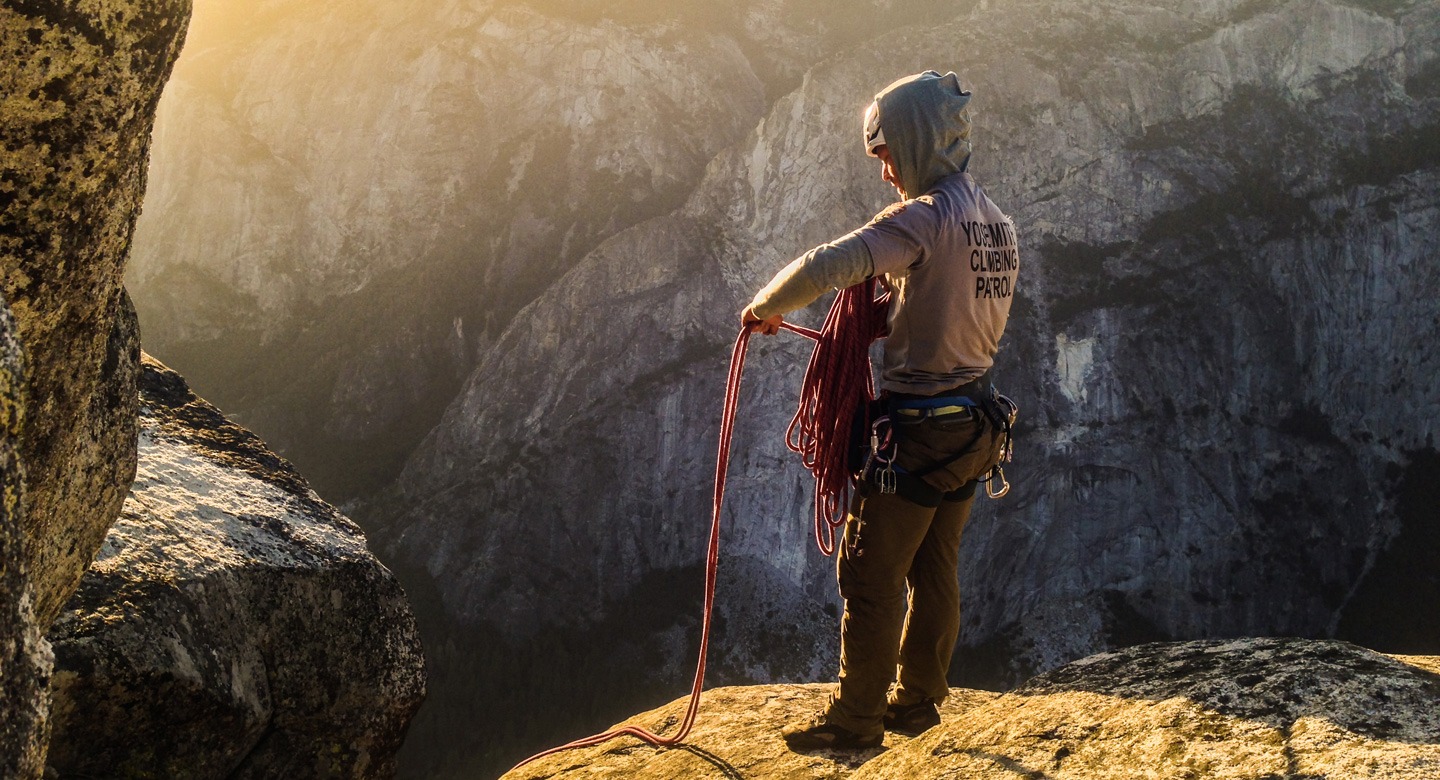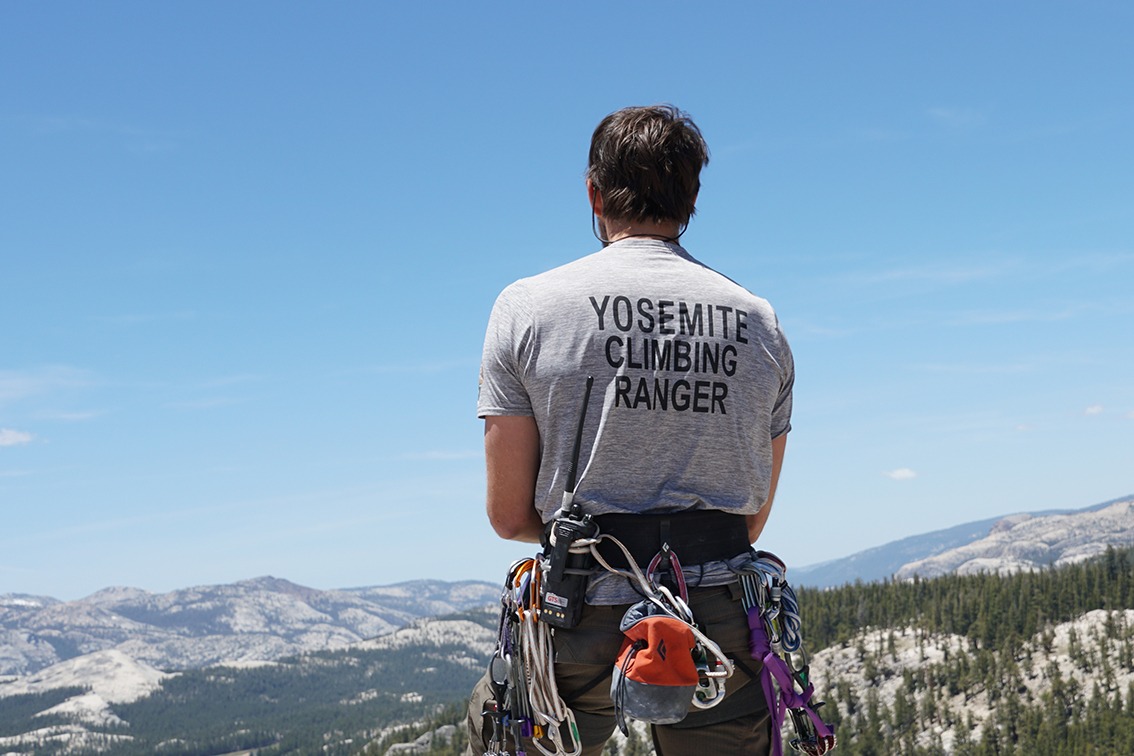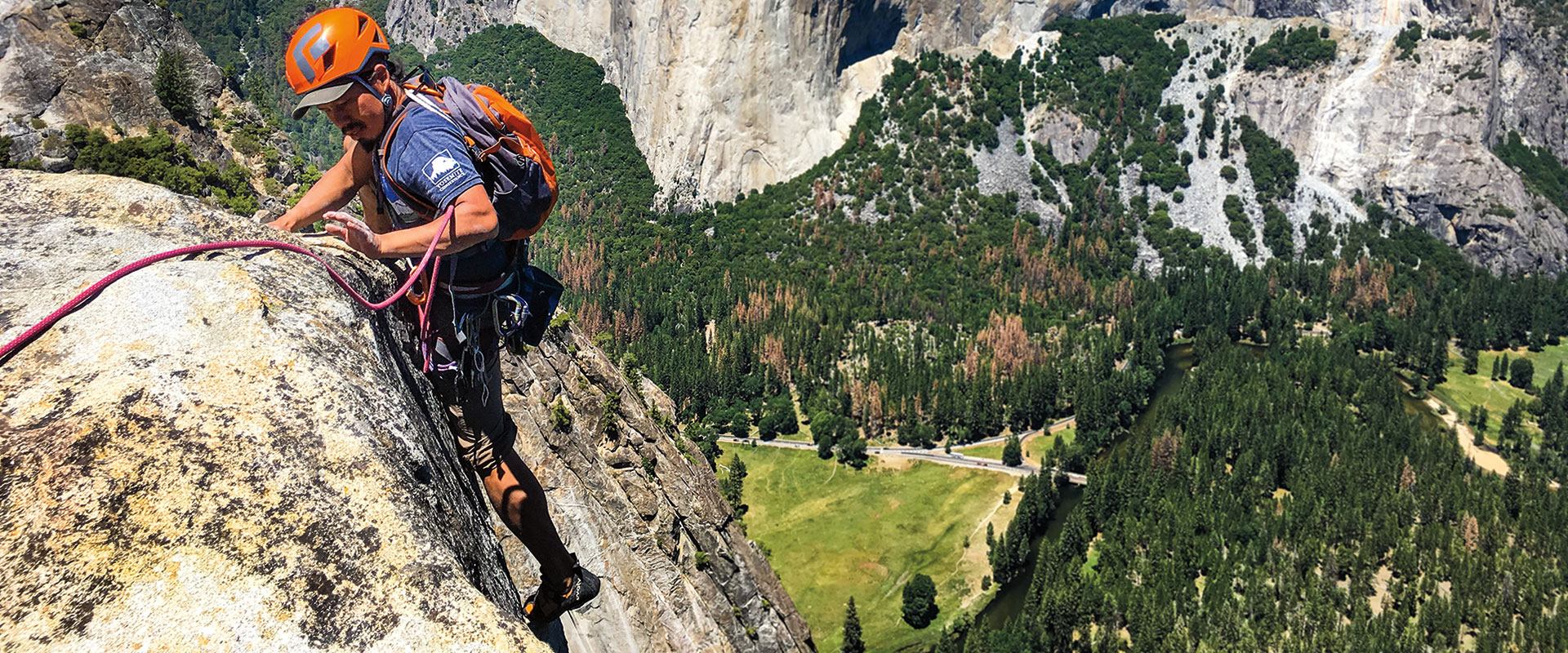Yosemite’s granite cliffs and peaks are a haven for rock climbers, and the park has played an undeniable role in the advancement and evolution of the sport. Once thought to be unclimbable, granite monoliths including Half Dome and El Capitan have now hosted record-breaking solo, free and all-female climbs.
Climbing history continues to be made in Yosemite, and the allure of tackling the park’s big walls attracts climbers from all over the world. If you are one such climber, this resource hub is designed to equip you with all the information and tips you need to climb safely — protecting yourself and your park.
Know Before You Go
- As of May 2021, all climbers staying overnight on big walls in Yosemite are required to have a wilderness climbing permit.
- Learn how to get an overnight climbing permit here.
- If you are doing a day climb, you don’t need a wilderness climbing permit.
- Pick up your permit the day before or day of the start of your overnight climb.
- Climbing closures are currently in effect to protect peregrine falcon nesting sites. Certain areas are closed to visitor use, including climbing and slacklining activities, beginning March 1, 2023 and remaining in effect until July 15, 2023, or until further notice.
- Learn more here on NPS.gov.
- Nest sites will be monitored to provide current information on nesting status and to ensure prompt re-opening of these areas when appropriate. Closures are subject to change based on current nesting status. Your cooperation in complying with these temporary restrictions is greatly appreciated.





